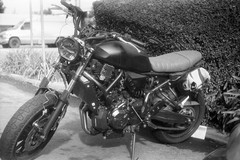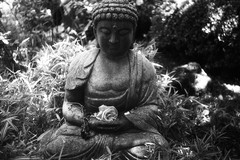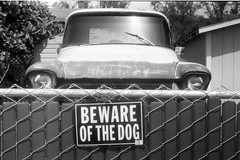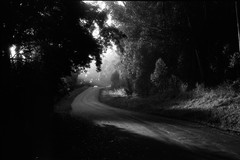Zorki 6

- Year: 1959
- Manufacturer: KMZ
- Origin: USSR
- Film Format: 35mm
- Lens: Industar-50 50mm f/3.5
- Lens Construction: 4 Elements/3 Groups
- Lens Mount: M39 Screwmount
- Focus: Rangefinder, 0.9m to infinity
- Shutter Type: Horizontally Traveling Cloth Focal Plane
- Shutter Speeds: 1/30-1/500
- Meter: N/A
- Viewfinder: Combined Coincident Rangefinder/Optical Viewfinder
- Exposure Modes: Manual
- Flash: PC Sync Socket, 1/60 Sync Speed
- Battery: N/A
- Dimensions: 135x80x33.5mm, 362cm3
- Weight: 520g
This is one of my favorite cameras I own, just as much for the history as much as for how it is to use. The original Zorki was a name swap of the FED camera, different only in that it was built in a different factory in Ukraine. the FED in turn was a rather direct clone of the cutting edge Leica II. However, by this, the sixth iteration, a lot of the similarities had faded, and it's a lovely little camera on it's own. Emphasis on little, since it's probably the smallest fully manual camera I own.
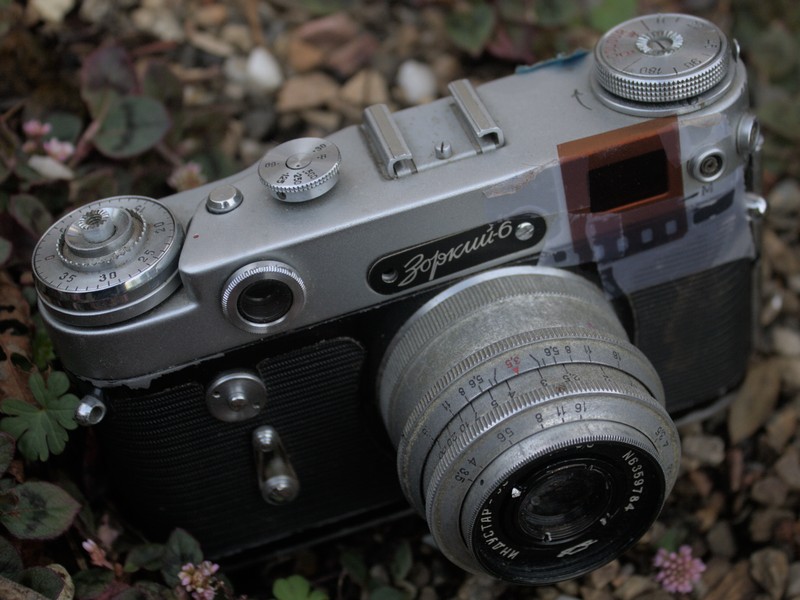
As the first Soviet camera I've bought so far, it's not nearly as weird as the reputation of Soviet-made cameras had led me to expect, but that doesn't mean it's entirely without quirks. The shutter selector is an older type where you pull up on the dial, then turn it to where you want and let it drop back down, and when you fire or re-cock the shutter, the dial spins. Unlike older soviet camera designs, you can set the shutter speed whenever you want, but I still make sure to set the shutter after winding the film, just to stay in the habit.

Next to the shutter dial, there's a small button that releases the shutter without actually exposing the film. It's mostly used for rewinding, but it's also good for double exposures and other fun experiments. Speaking of rewinding, something this camera is missing is a rewind crank! Instead to rewind your grab the big knurled knob on the very left of the camera and crank until your fingers go numb. It's uncomfortable for 24 shot rolls, but rewinding 36 shot rolls is genuinely cramp inducing. I've seen plans for 3D printed rewind cranks that slip over top of the knob, but I haven't found one that fits this camera yet.
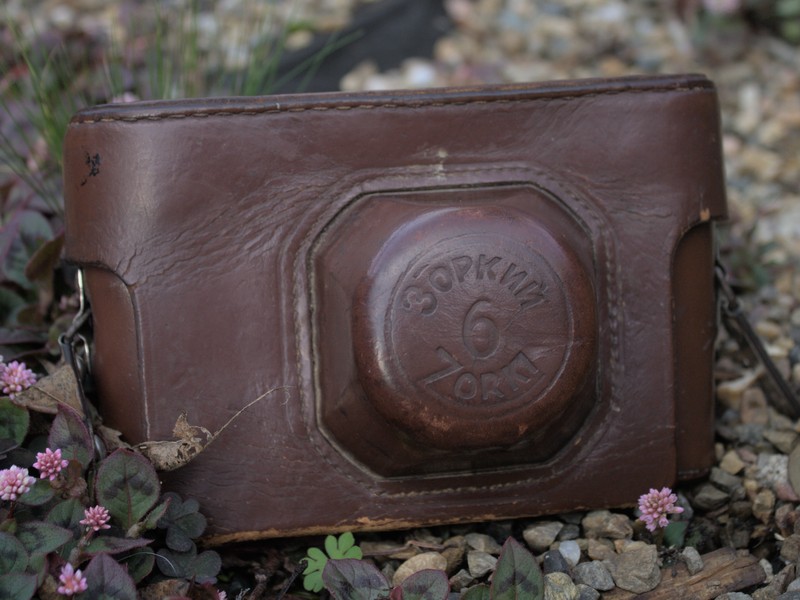
However, that's easily the most annoying part of the camera. The new-fangled winding crank is much appreciated, and it sounds like a ratchet when it returns, which I always love hearing. The nylon covering is something I haven't seen on any other camera, and it doesn't get as sweaty as leather or vinyl. The rangefinder windows are pretty far apart, which helps make it easier to focus accurately. I found that it was rather hard to differentiate the rangefinder images on mine, so I taped a cut out piece of film over one window and now focusing is much easier.
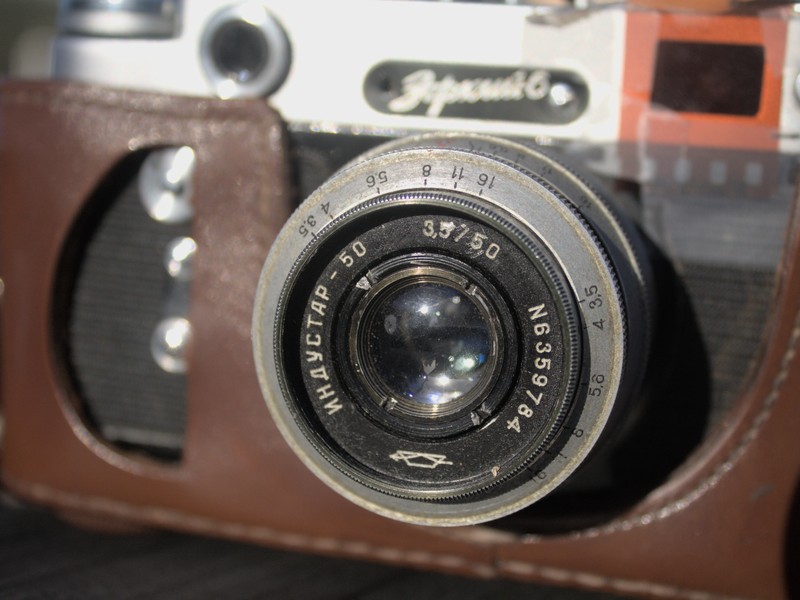
This camera frequently came with a collapsible version of the Industar-50 that looks like it'd really turn this into a pocketable camera. I keep looking at buying one, but have yet to actually do it. Both rigid and collapsible lenses adjust aperture all the way at the front, which is a bit sketchy feeling as the ring is so narrow, but it works and seems not to have been unique among Soviet cameras from that period. Possibly having forseen this issue, the camera designers fitted the filter ring on the inside of the aperture ring, which means you can mount a cheap UV filter or even a lens hood and use that to adjust the aperture by, though the lack of click stops makes it hard to adjust without looking.
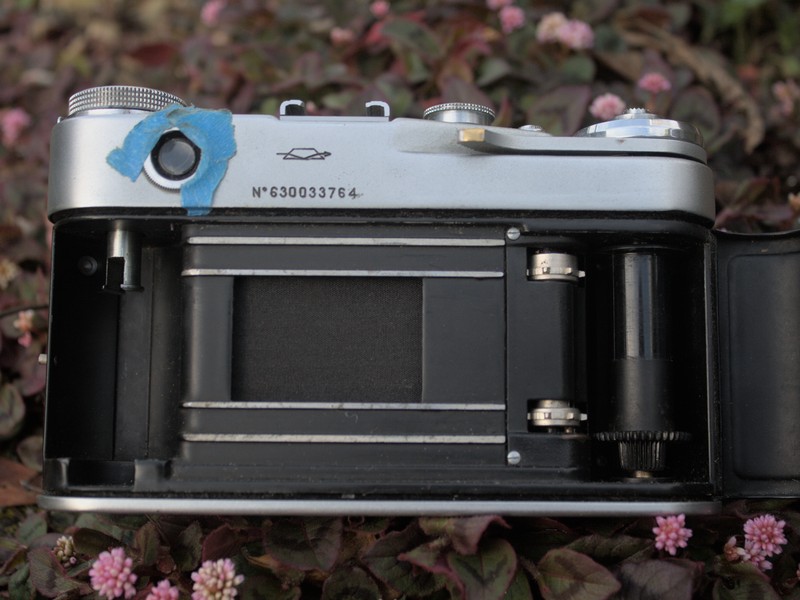
The camera is quite compact, and also rather dense-feeling. The rear loading door makes loading easy compared to the old removable bottom, though my camera seems to have developed a light leak in the door latch. Between the rounded sides and the compact size, it's a very pocketable camera (lens notwithstanding), and I imagine it'd make a great pocket camera for taking with you around town. I had been considering buying either a collapsible lens for this or an Agat-18k to use as an everywhere camera, but between the war in Ukraine making it harder to get Soviet camera gear and my grandpa mailing me an old point and shoot of his, I'm not really looking at pocket cameras anymore.
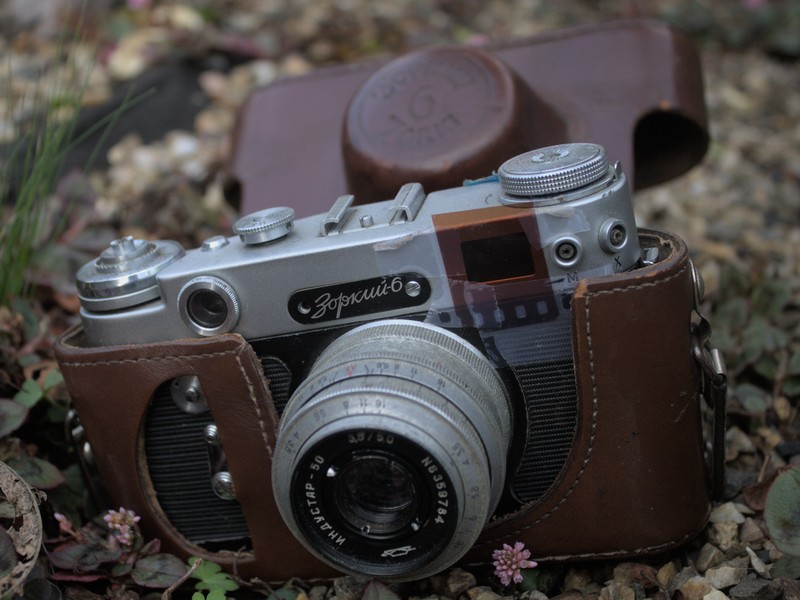
I don't shoot with this as much as I used to, mostly thanks to that light leak, but it's a lot of fun to shoot when I do. The shutter has a very chunky sound, and the ratcheting wind is a great feeling. I'll leave you with a few of my favorite shots I've taken with this camera. I hope you enjoy!
~~~~~~~~~~~~~~~~~~~~~~~~~~~~~~
update, september 2025! this camera has become my partner's main camera. the light seals have gotten steadily worse, and it lives with a patch of gaff tape, covered by the eveready case, which does the job. in october of last year it got dropped while on a nighttime shoot and the front of the lens was pushed backwards into the lens, jamming the aperture and ruining the focus. the lens has since been replaced with an industar-61 LD f/2.8, which has been performing very nicely ever since. we'd always wanted to swap to a lens like that, for the click stops mainly, so this was a good excuse to finally do that. otherwise there's not much mroe to report on this camera :)
